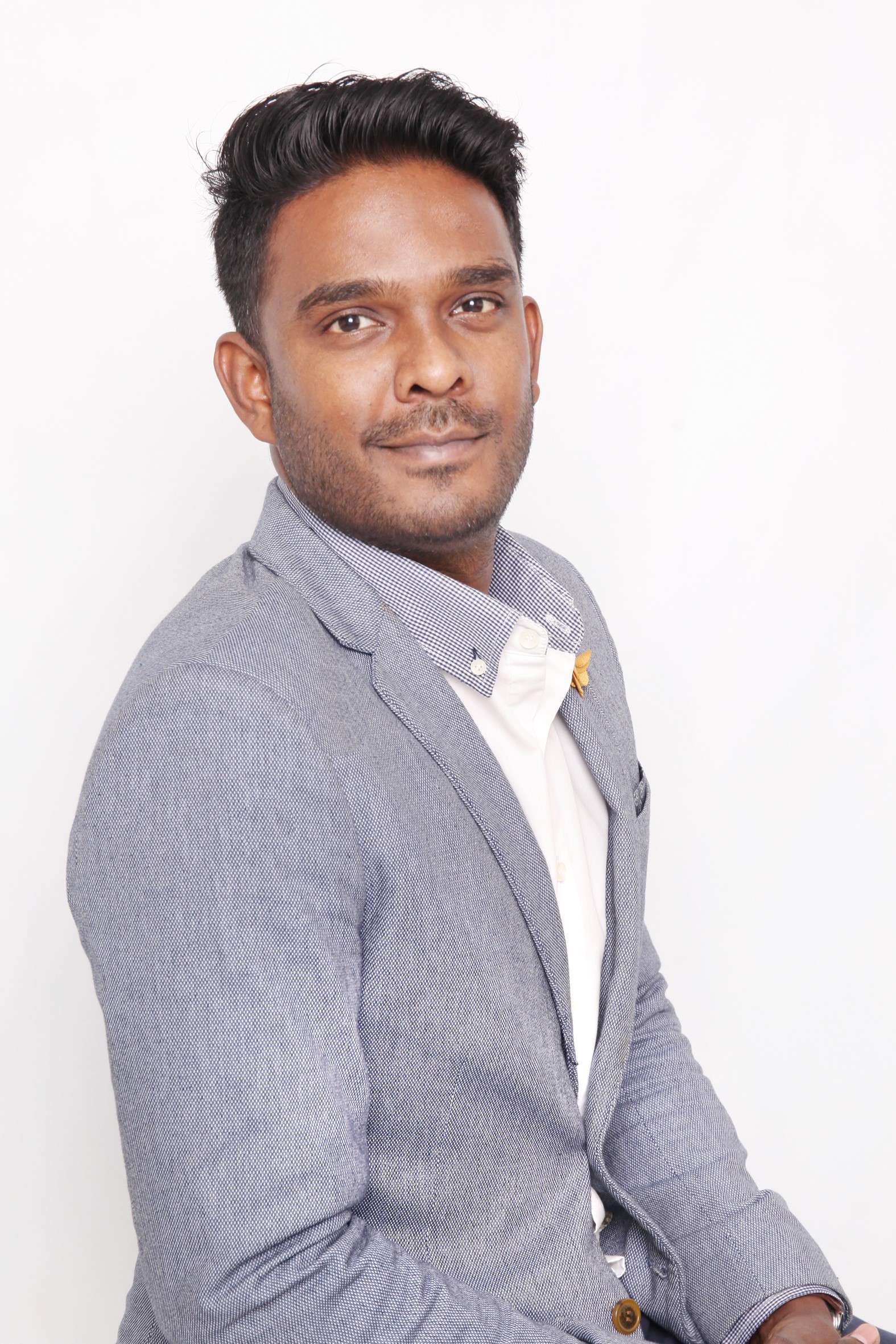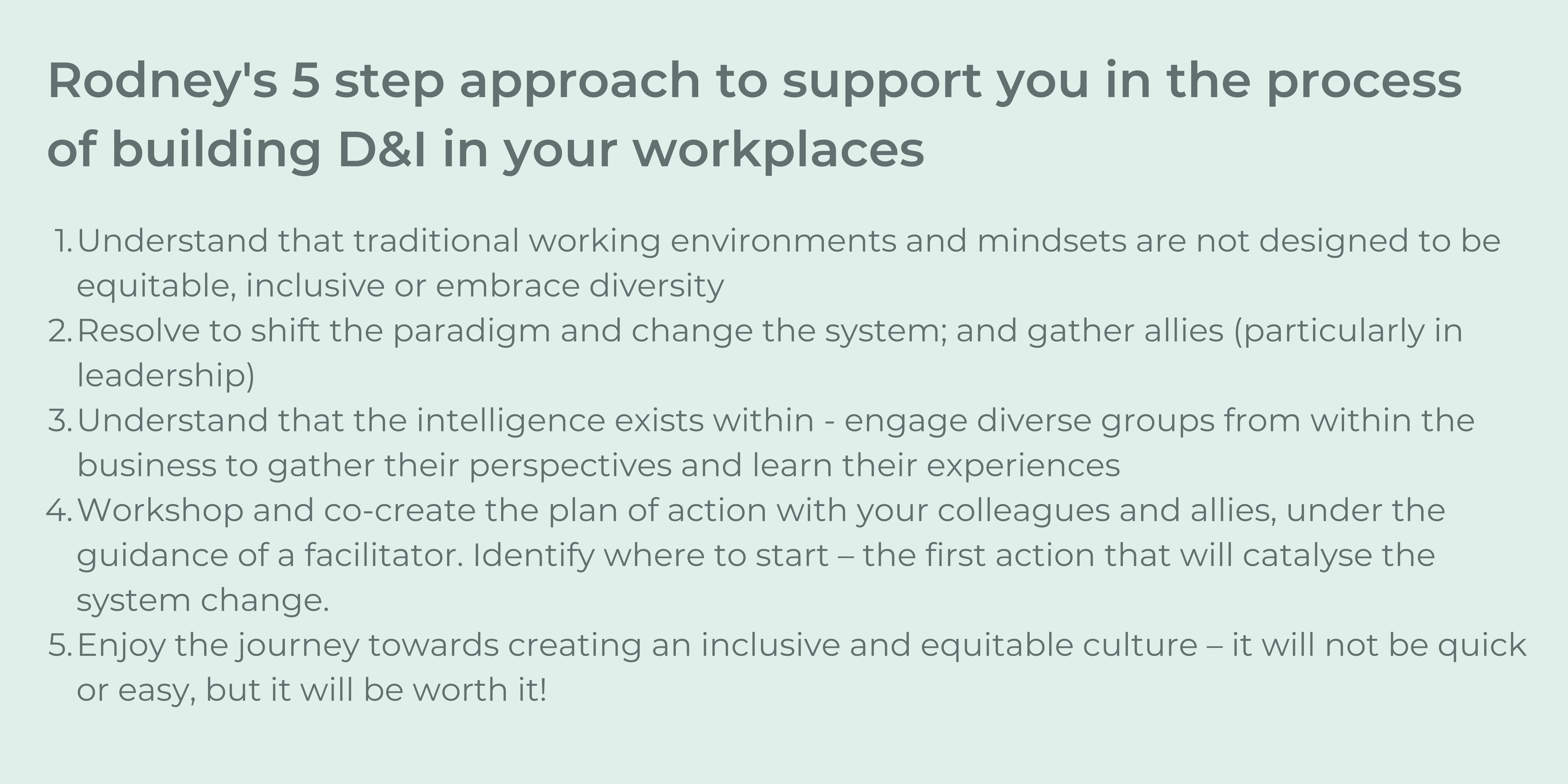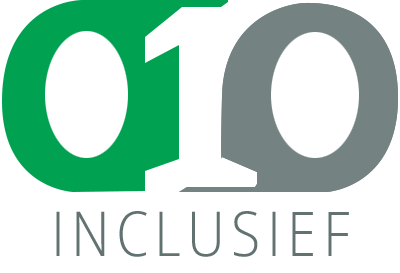
Diversity and inclusion (D&I) are at the forefront of our thoughts especially as we work towards embracing a post-lockdown world where the realities of our individuality may seem lost in the vast realisation of our same-ness. The pandemic has shown us how fickle life is, how isolating it can be, and as the world returns to work – we need to reframe our terms of engagement to ensure collaboration, effectiveness and productivity under a new set of rules in a fundamentally different world.

D&I has been a challenge for most businesses for the longest time – given the largely homogenous perspective that influenced the building of industry and economies since the Industrial Revolution, it is understandable that the system was just not designed to accommodate difference, individuality and otherness.
This is especially true in economies, such as the one I grew up in – South Africa. In our case, the homogeneity was not as a result of some organic or societal process, but rather an entrenched systematic process of exclusion and discrimination based on a political thesis that one race was superior to the others.
Since the world has moved towards political and economic emancipation – the benefits of embracing diversity, creating equitable and inclusive economies, and working environments have been studied and documented by some of the world’s most prominent thought-leaders. However, the reality remains that implementing corporate strategies that embrace diversity and create equitable and inclusive working environments remains challenging for most businesses.
In co-founding my company, I have found mechanisms to catalyse equitable and inclusive environments in businesses. I believe that the arts – whether it be music, dance, drama or visual – brings people together, and showcases the benefits of difference in the most positive light.
While the Arts has a very unique way of finding commonality in difference and unifying disparate audiences – the arts are also able to showcase the elevated aesthetic of adding variety, colour and texture to an otherwise bland or homogenous canvas.
We are able to illustrate the power of different drums, from different parts of the world, beating together to create unique and beautiful rhythms; or the power of different voices singing together; or the power of knowing each other’s stories – and effectively demonstrate in an fun and safe manner why working together as a diverse team makes sense, how to make room for each other, and ultimately how to accept and embrace our differences.
I believe that workshops provide the optimal setting for the achievement of “business breakthroughs” – that catalyse the systematic shift required to create an equitable and inclusive environment that embraces diversity. There is something about bringing a diverse group of people together – from the same organisation or environment – with a creative, innovative, arts-based approach that enables and empowers the participants to shed their inhibitions, engage with the content, and really see each other.
Having the initial conversation, session or workshop lays the foundation for the development of wider strategies that seek to shift the current paradigm of having to fit diverse people into a homogeneous mindset; to altering the mindset to fit diverse people – working towards real equity and inclusiveness in the workplace.
In my experience, the right interventions, see colleagues become communities, and result in the splendour of collaborative workspaces where each team member feels heard, valued and understood.

More questions about the use of arts as a medium to address Diversity & Inclusion? Contact:
Rodney.C.Frank (Vision in Motion, C.E.O.)
0613805436
